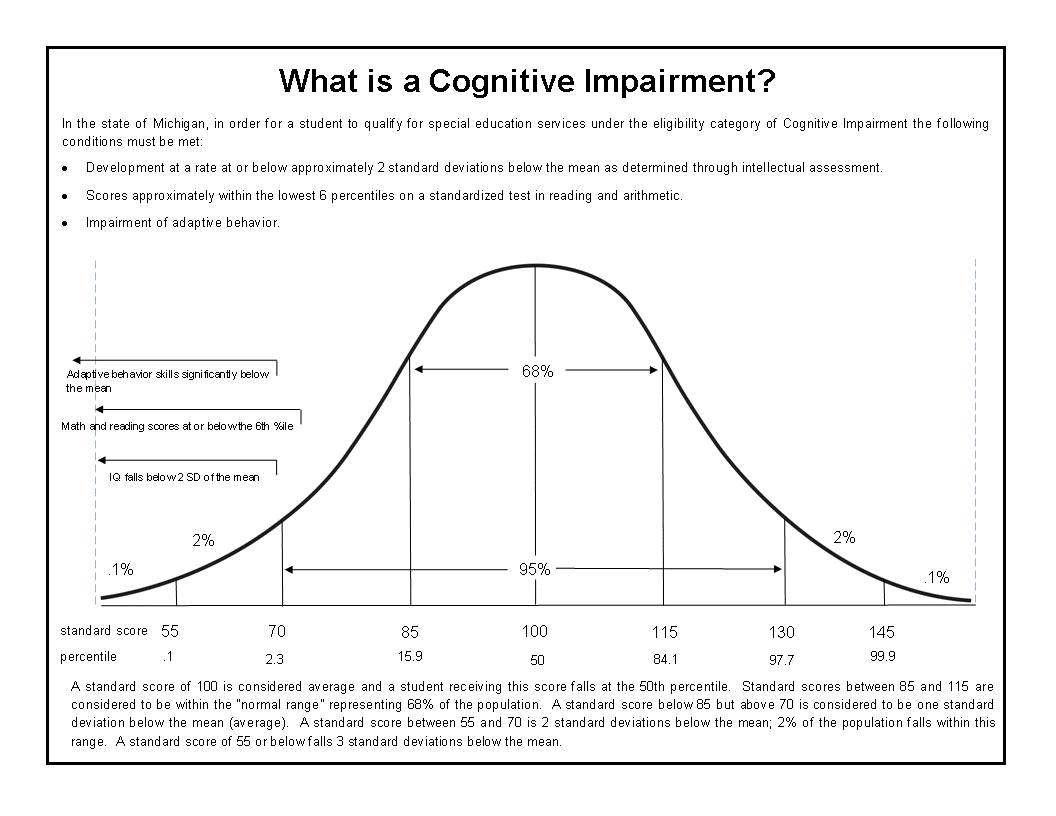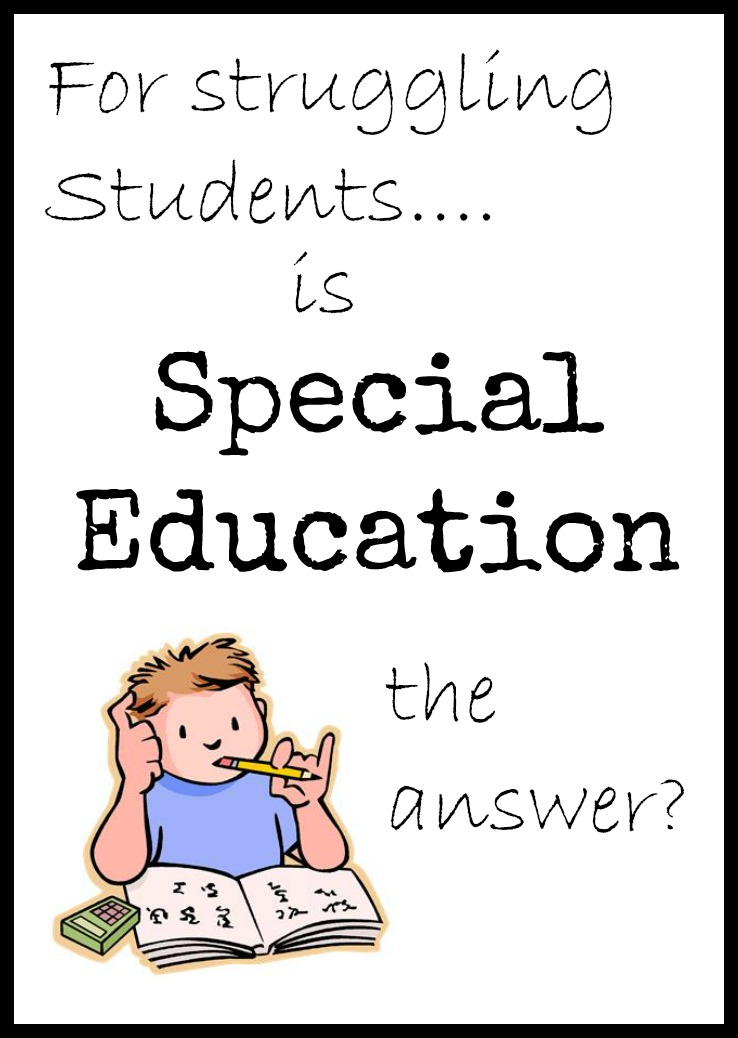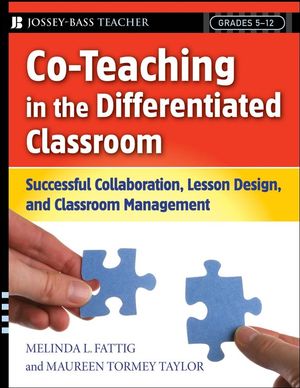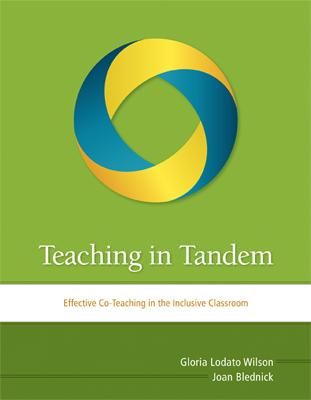My oldest son is now a junior at Michigan State University so for the past few years I’ve been following Spartan athletics. I really enjoy football, but I really LOVE watching the Spartan basketball team. Last year during a televised airing of the Spartans playing a game at the NCAA tournament, the announcer briefly shared the story of Adriean Payne. Adreian is MSU’s star player and how he ended up at MSU is nothing short of remarkable. As a kindergarten student, Adreian was identified as a student with a cognitive impairment and placed in special education. Adreian is now a highly recruited player for the NBA and also a MSU academic scholar! Below is an article I wrote on Adreian’s story last year after doing a bit of research. Please read as the implications for the education of all students is great. What I didn’t share last year is Adreian’s special relationship with a young girl whom he met while visiting children with cancer on a hospital visit. You’ll want to be sure to read it too. Here’s the link: The Adreian Payne Story: How Michigan State Star Became the Ultimate Role Model.
Image obtained through Getty Images
What is a cognitive impairment?
A cognitive impairment implies low intelligence. In the educational world we currently use the term “cognitively impaired” to describe individuals who fall significantly below the average range in intelligence (“mentally impaired” and “mental retardation” are older terms not currently used). In the school setting (at least in Michigan), a student’s IQ must fall two or more standard deviations below the mean. That’s translates into a standard score of 70 or below.
Click the following link to download this printable Michigan Criteria for Cognitive Impairment
In addition to low IQ, both the student’s reading and math skills must be significantly below the norm (below the 6th percentile) and the student’s “adaptive behavior” skills need to be significantly impaired. This means that in addition to low IQ, low academic skills, social, communication and self-help must also be significantly below the average.
Adreian’s Story
I’ve been scouring the internet trying to piece together Adreian’s story. Here’s the jist. Adrien began receiving special education services in kindergarten. He was in a self-contained classroom and integrated into the general education setting for “specials”. That meant that he attended music, art and gym with general education students and received all academic instruction in the special education classroom. Adreian’s mother died when he was 13 and he was raised by his grandmother until her death in 2011. According to an ESPN publication, a general education math teacher by the name of Richard Gates walked by Adreian’s classroom one day during his freshman year and observed the students watching television. Mr. Gates questioned the quality of instruction Adreian and his fellow classmates were receiving. Mr. Gates contacted Adreian’s grandmother, Mary Lewis, and told her that she needed to remove him from the special education program. Ms. Lewis attended an IEP and basically declined all special education services. Adreian then attended all general education classes and Mr. Gates tutored him every day for three years. Just imagine that! A special education student spending the large majority of the day in a self-contained classroom for 9 years just put into all general education classes. With hard work and dedication (a lot of it), graduates from high school and attends college.
So why am I so intrigued with this story? I am the specialist (figuratively speaking) that would have evaluated and placed Adreian in the special education program.
So What Went Wrong?
What I do know about educators is that we entered our careers to help children. We certainly didn’t become an educator to inflict harm. I do, however, have tons of questions regarding Adreian’s early educational experiences and the decisions that led to his special education label. For starters, what was the quality of reading instruction in kindergarten, first and second grade? Did his school have a reading curriculum? Was his teachers knowledgeable in the 5 key areas of reading instruction? Was instruction differentiated? Did he received intensive small group intervention either in his classroom or through Title One? If so, was it research-based intervention? My colleagues who evaluated Adreian, I’m sure followed their state rules and regulations. I’m sure the diagnostic team, when labeling Adreian, had his best interest at heart. It’s really difficult to see a child struggle; it’s heartbreaking. Add to that increasing demands of the curriculum and environmental factors. It’s human nature to want to make it easier for children and special education is often a way to do that. But, is it the right thing to do? I don’t know exactly why or how the decision was made and I honestly don’t know if I would have made the same decision, but with 20-20 hindsight, it was the wrong decision. Had not Mr. Gates walked by the classroom that day, had the courage to go against the experts within the school and had not Ms. Lewis stood her ground and removed her grandson from special education, Adreian’s life would have turned out very differently.
What Happens When We Label a Student?
Typically, students are identified as having a specific learning disability (SLD) around 2nd or 3rd grade. We are usually able to determine a cognitive impairment much sooner. When a child is determined through an evaluation as having a disability, an IEP (Individual Educational Planning) meeting is held. The IEP team makes a placement decision and determines how much time the student will receive instruction in an alternative placement. Typically students with a SLD spend about 1-2 hours in a special education classroom where a student with a cognitive impairment may spend much more time. The problem is that what begins as “getting a little extra help to close the gap” turns into more and more time spent receiving instruction in the special education classroom as the child grows older. At those beginning IEP meetings, we rarely tell parents that the possibility of their child exiting special education is extremely slim. Compounding the issue is that special education classrooms are often filled to their limit in terms of numbers. Why would we think a student can close the gap if placed in a classroom with 18 students ranging in age from kindergarten to fifth grade with vastly different needs? Generally speaking, the more time the student spends out of his/her general education classroom, the more the gap continues to widen. Unconsciously or even consciously, another issue is that we tend to lower expectations for our students receiving special education services.
So What are Some Solutions?
I wish I had all the answers. I do know, however, that collectively we can do better. Here are some of my thoughts:
1. As diagnosticians, we cannot make mistakes. We have to evaluate not only the child, but the quality of instruction the child had and currently is receiving. We need to be able to distinguish if the student’s low performance is a result of a severe neurologically-based deficit or a result of inadequate instruction. It’s not ethical to label students as having a disability when in fact the real issue was inadequate instruction.
2. Prior to being evaluated for special education, the student must receive high quality supplemental small group or individual instruction using a research-based program. We use an Orton-Gillingham based program. There are several other programs such as Reading Recovery, Lindamood-Bell which also provide systematic and explicit instruction. The intervention must be delivered by a qualified professional and with fidelity.
3. If a child is to be placed in a special education classroom, the instruction needs to be more intensive and more “expert” than what he/she would receive in general education. This means group size must be smaller and the teacher must be highly trained in reading instruction. We cannot continue to fill special education classrooms to their limit and expect results.
4. Especially in the early grades, reading instruction in the special education classroom should not supplant instruction provided in general education. The student needs more instruction. The reality is that there are only so many minutes in the day–something will have to give, but it shouldn’t be reading when reading is the area of deficit.
5. An increased effort for co-teaching should be made in many schools. In a co-taught classroom, a special education and general education teacher are both responsible for delivering instruction within the general education classroom. Supports for learners having difficulty (either special education students or general education students) can be provided within the classroom. Here are a few resources on co-teaching.
6. Students with learning difficulties will require accommodations to be successful within the general education classroom. Fortunately, technology has advanced (e.g. text to speech) to the point where it is much easier now to alleviate some of the barriers to accessing text. A thoughtful accommodation plan will need to be developed for students to be meaningfully integrated into the general education classroom.
7. Keep expectations high. One of my favorite sayings is, “go as fast as you can, but as slow as you need to.”
So What About IQ?
The reality is is that IQ does predict school performance, and to some extent, school performance predicts success later in life (as measured by job happiness and income). It’s a long-held belief that IQ doesn’t change–no matter what you do. In essence, you live with the cards you’re dealt and those around you “adjust expecations”. There was an article recently published in the AFT magazine entitled “What Every Educator Should Know About IQ”. The thing is is that there are two kinds of intelligence-fluid intelligence and crystalized intelligence. Fluid intelligence refers to the ability to reason quickly and think abstractly. Fluid intelligence declines with age. Crystalized intelligence consists of the knowledge and skills that are accumulated over a lifetime. Crystalized intelligence improves with age and with experiences. Can we change our IQ and the IQ of our students? Of course we can!
We can learn a lot from Adreian’s story. Most of all, we need to have high expectations for all students. Our beliefs determine our behavior. Do we believe that all children can succeed? Do we believe that we can have a significant impact in the lives of all students? Can we change the course of someone’s life? We can.







Leave a Reply